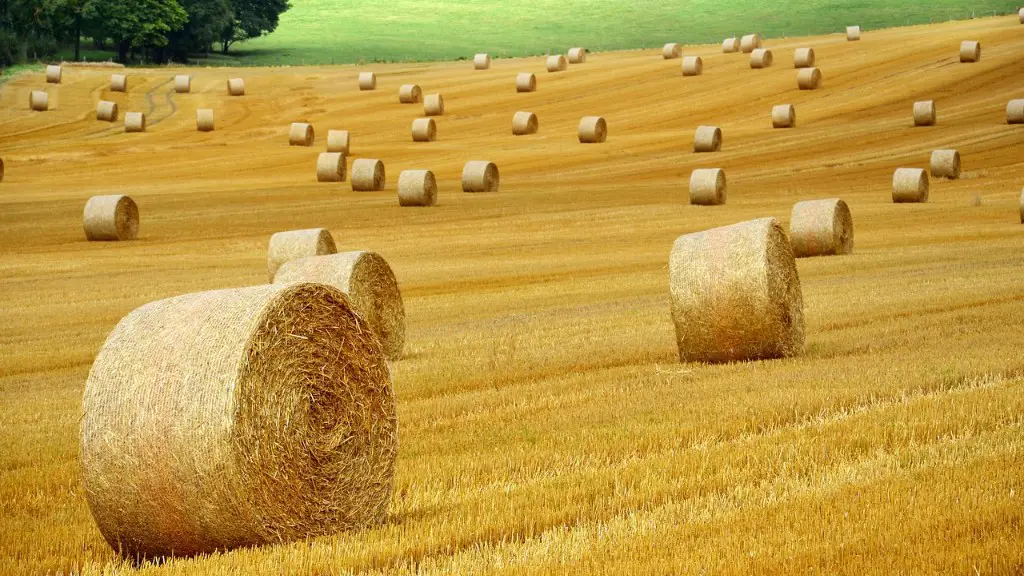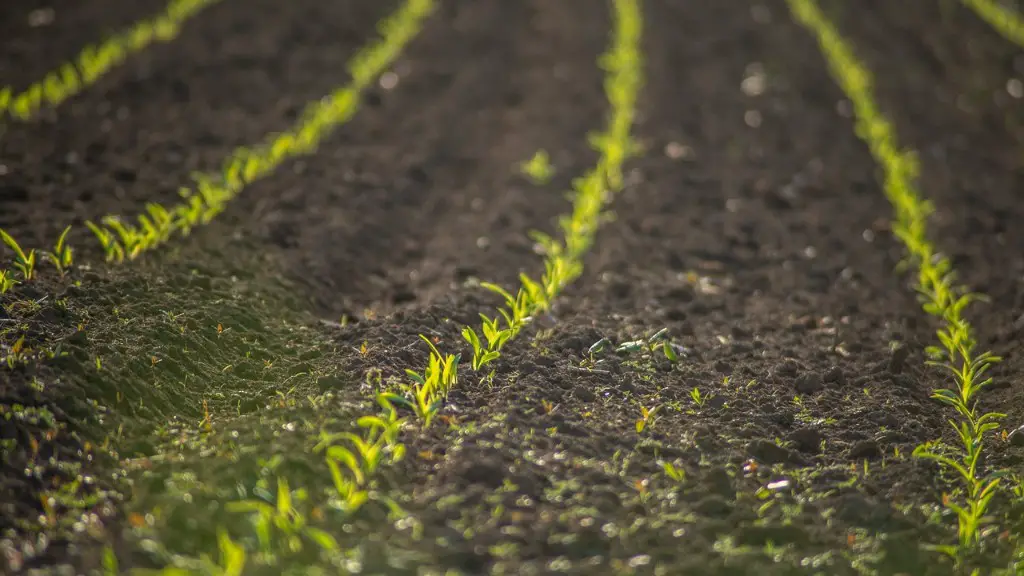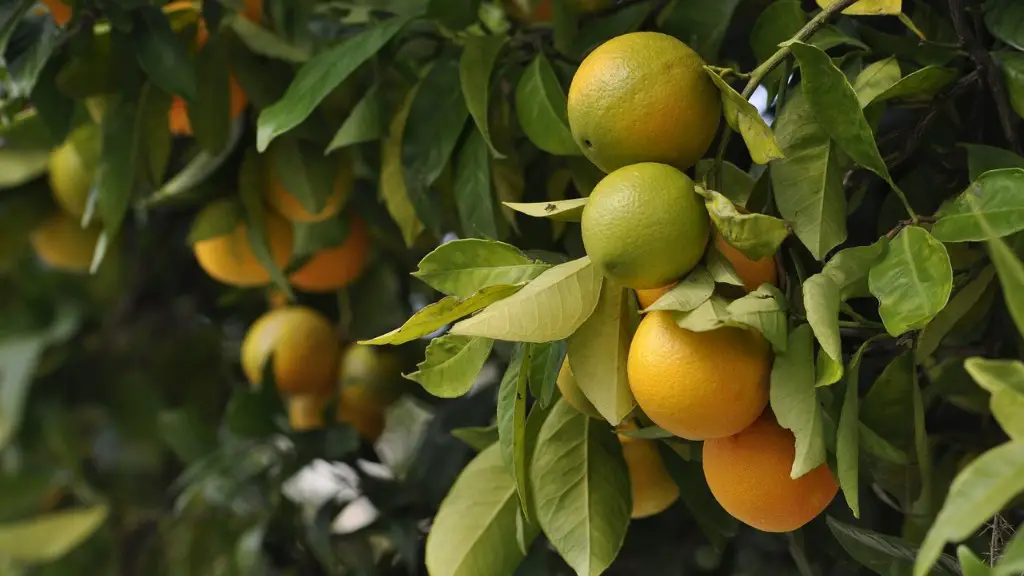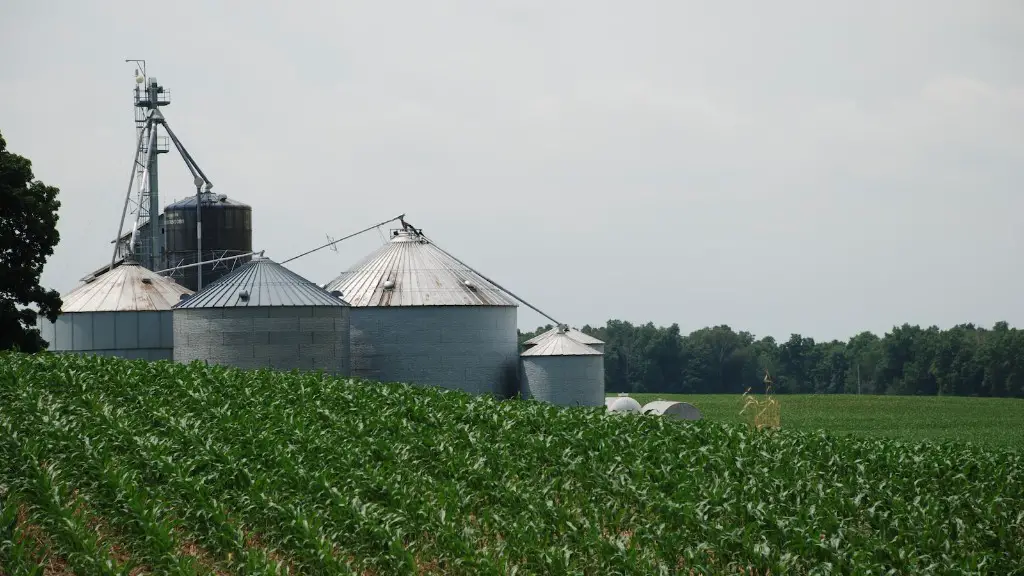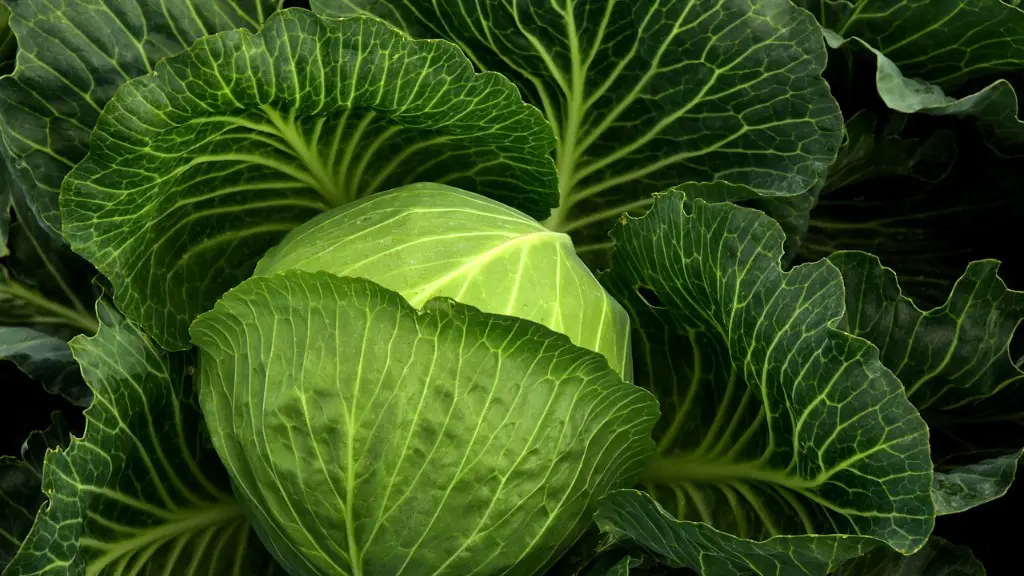Greenhouses are a vital component of modern agriculture, and their use is becoming increasingly popular. They provide farmers with the ability to grow crops in adjustable conditions throughout the changing seasons. This article will cover how greenhouses work, what they offer to farmers, and how they can be used in different ways.
A greenhouse is a simple structure, typically made of transparent material like glass or plastic, which creates an air-tight environment in which crops can be grown. It is designed to protect plants from the wind, rain, and cold temperatures that can make outdoor cultivation difficult. Inside a greenhouse, the environment can be manipulated for maximum crop growth by controlling factors like sunlight, temperature, and humidity.
The use of greenhouses in agriculture can provide farmers with a number of benefits. Greenhouses allow farmers to grow different types of crops throughout the year, regardless of climate or weather conditions. This not only increases the yield of certain crops, but also diversifies their options in terms of what they can grow. Furthermore, greenhouses can also be used to protect plants from pests and disease, as they create a barrier between the plants and the outside world.
Greenhouses can also be used in other ways to assist with crop production. For example, they can be used to provide extra warmth for a variety of crops during cold weather. Additionally, greenhouses can be used for seed starting and crop propagation, which can provide a head start for a successful harvest. Finally, greenhouses can provide a space for experimentation, such as testing new crop varieties or different types of soil.
In order to maximize the efficiency of a greenhouse, it is important for farmers to understand how to use them properly. This includes making sure that the greenhouse is properly equipped with everything needed for the intended purpose, such as a good insulation system and adequate ventilation. Farmers should also be aware of the best environmental conditions for their plants to ensure optimal growth. Finally, it is important to monitor the greenhouse environment to detect any problems and take the necessary steps to solve them.
Greenhouse Shelter and Shade
One of the most important uses of greenhouses is to provide shelter and shade to crops. When the temperature is high, greenhouses protect plants from high temperatures and direct sunlight that can cause damage. Greenhouses also help reduce wind damage and provide some protection from pests and diseases.
Greenhouses can also be used to provide an optimal environment for certain crops. For example, some plants need more humidity or light than would be available outdoors. In these cases, greenhouses can be used to control the environmental conditions and ensure that crops get the optimal amount of sunlight, water, and other resources for growth.
Additionally, greenhouses can be used to shelter crops from extreme weather events such as droughts or floods. By physically shielding crops from heavy rain or strong winds, greenhouses can help prevent crop losses due to harsh conditions.
Finally, greenhouses can also be used to regulate the temperature inside, depending on the crops being grown. Different plants have different requirements for optimum growth, and fans can be used to maintain optimal temperatures for each crop type.
Greenhouse Care and Maintenance
Proper care and maintenance of greenhouses are essential for ensuring that they remain in functioning condition and provide optimal environmental conditions for crop growth. In order to accomplish this, it is important to regularly inspect greenhouses for any damage and to make repairs accordingly. Additionally, greenhouses should be regularly cleaned and serviced to prevent any bacterial or fungal growth.
Furthermore, it is important to regularly check and adjust the operating temperature in order to maintain the ideal temperature for the crops being grown. It is also important to regularly check the insulation and ventilation systems and make necessary adjustments to ensure they are functioning properly.
Finally, greenhouses should always be monitored for any signs of pests or diseases, and any signs should be immediately reported and treated to prevent any damage to crops. Additionally, some systems, such as shading and irrigation, should be regularly monitored to ensure they are working efficiently.
Benefits of Greenhouse Investment
Investing in a greenhouse can offer numerous benefits to farmers. They can increase their overall crop yield and provide a more consistent revenue over time since many crops can be grown in a single environment throughout the year. Additionally, greenhouses can reduce the risk of crop failure due to pests, diseases, or weather extremes.
Moreover, greenhouses are relatively inexpensive to construct and maintain, and once the initial cost is paid, the savings in terms of time and energy can be substantial. Furthermore, there is also the potential for increased energy efficiency since a greenhouse can be designed to take advantage of natural resources to reduce the dependency on external energy sources.
Finally, investing in a greenhouse can provide farmers with an opportunity to market their crops to a wider range of customers by allowing them to grow organic, pesticide-free, or specialty crops that would not normally be available in their locality.
Increased Profits and Access to Markets
Greenhouses can provide farmers with the means to increase their profits and access to new markets. By increasing the production of certain crops and implementing innovative farming techniques, farmers can increase the amount of crops they are able to sell, and thus make more money. Additionally, greenhouses can provide farmers with access to new markets, where they can sell their produce to wider audiences.
Furthermore, greenhouses also provide farmers with the opportunity to experiment with new techniques and crops. This can help them to increase their profits and find new and innovative ways of producing and selling their produce.
Finally, the use of greenhouses can also provide farmers with increased protection from extreme weather events, as they can protect crops from harsh winds, heavy rains, and low temperatures.
Improved Quality and Food Safety
Greenhouses are also beneficial in terms of food safety and quality. As the environment of the greenhouse can be effectively controlled, farmers can ensure that their crops are grown using safe and hygienic practices. Additionally, greenhouses can help reduce the risk of food-borne illnesses, as the enclosed environment reduces the chances of contamination from outside sources.
Moreover, greenhouses can also provide farmers with the opportunity to produce higher quality crops. By regulating factors like temperature, humidity, and light, farmers can ensure that their crops are grown under the conditions that will yield the highest quality fruit and vegetables.
Finally, by providing farmers with the opportunity to produce higher quality crops and control the safety of their food, greenhouses can help farmers sell their produce at a premium price and compete more effectively in markets with higher demands for quality and safety.
